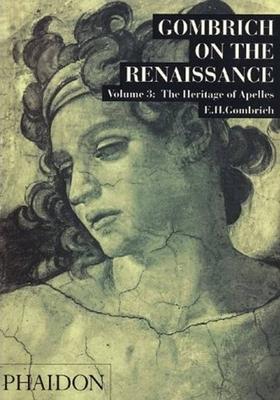The third volume of E H Gombrich's seminal essays on the Renaissance has the classical tradition as its central theme. Apelles, the most famous painter of ancient Greece, was said to have combined perfect beauty with supreme skill in imitating the appearances of nature. These twin ideals of perfect beauty and perfect imitation of nature, which were inherited from classical antiquity and remained unchallenged as the cornerstone of art until the twentieth century, form the starting-point for these learned and always stimulating essays.
Whether discussing the rendering of light and lustre, the working methods of Leonardo da Vinci or the principles of criticism, the author's analyses and interpretations are underpinned by a deep conviction that, despite the apparent abandonment of the Renaissance ideals in the twentieth century, questions about traditions, values and standards are still of fundamental importance. This wider concern gives these essays a continuing vitality, not only for students but also for anyone interested in art and culture.
